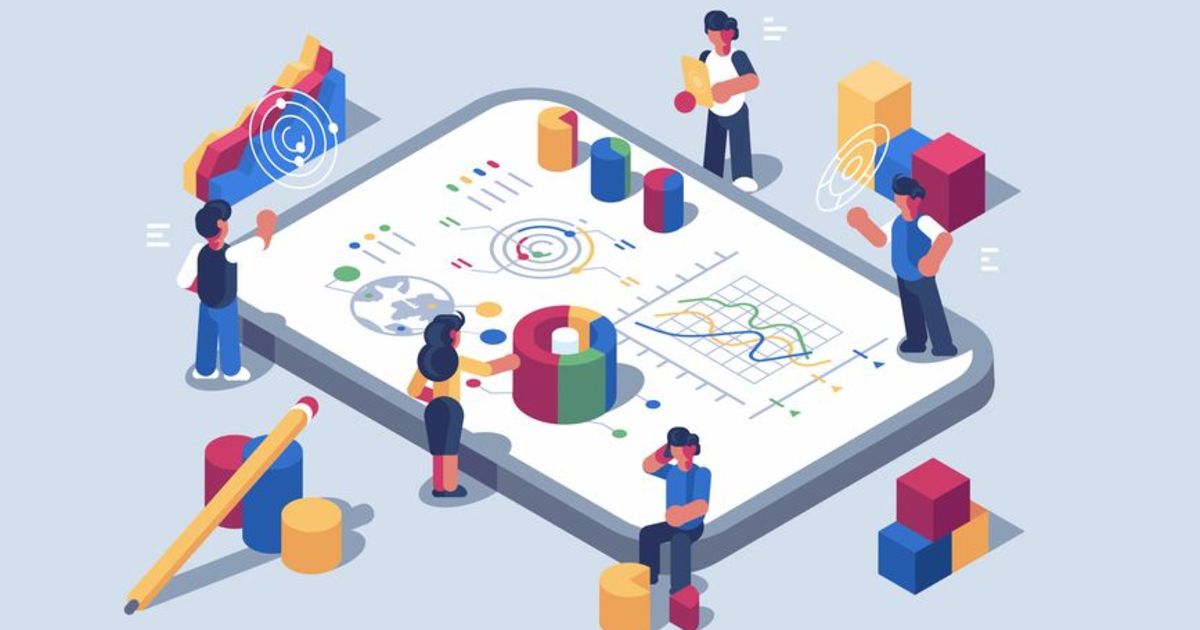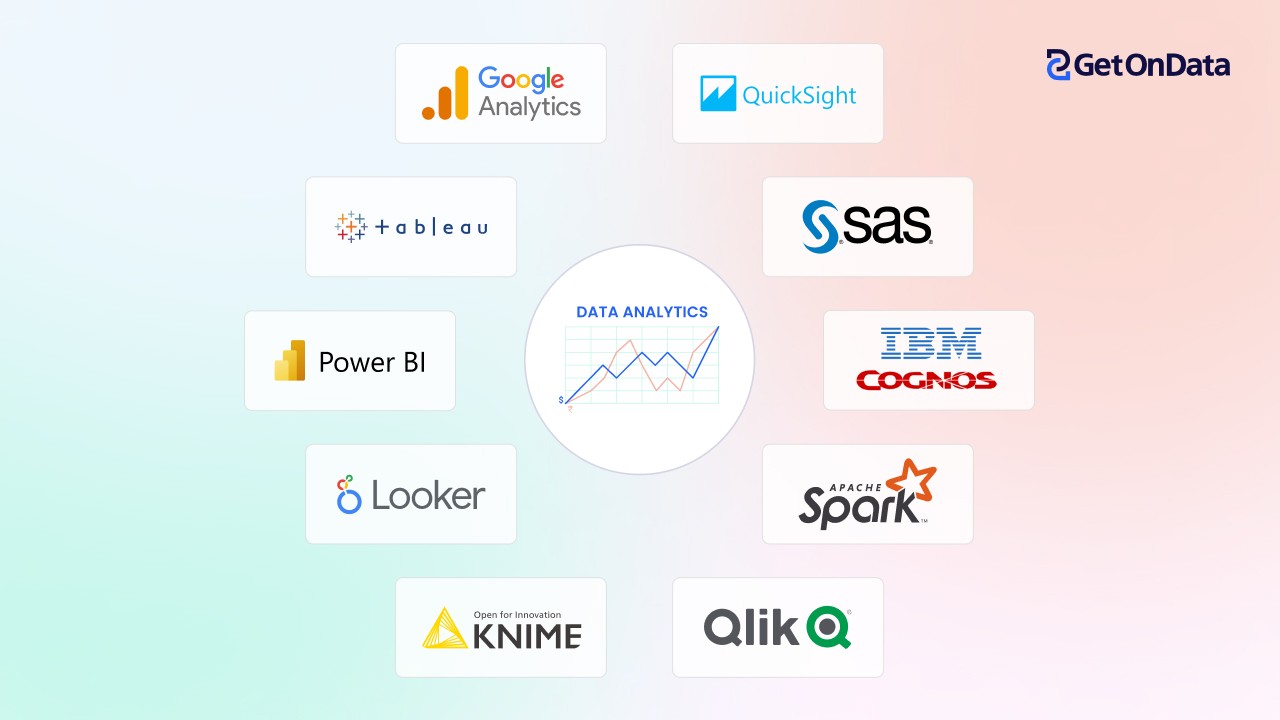Boost Performance and Success Through Information Analytics
In today's data-driven landscape, organizations are increasingly recognizing the pivotal role of data analytics in improving functional effectiveness and profitability. By methodically examining information, companies can reveal important understandings that educate tactical choices, streamline procedures, and tailor consumer experiences.
Recognizing Information Analytics
In today's data-driven landscape, understanding data analytics is important for organizations aiming to improve operational efficiency and drive productivity. Information analytics entails the systematic computational evaluation of information sets to discover patterns, correlations, and understandings that educate decision-making. By utilizing different techniques, such as statistical evaluation, artificial intelligence, and predictive modeling, companies can transform raw information into workable knowledge.
The procedure generally starts with data collection, where appropriate information is collected from multiple resources, including transactional databases, consumer communications, and market patterns. This information is then cleansed and organized to make certain precision and uniformity. When the information is prepared, logical tools and software program are used to visualize the info and explore, allowing stakeholders to recognize anomalies and patterns.
Ultimately, comprehending information analytics encourages companies to make informed decisions based on empirical evidence instead than intuition. It helps with targeted techniques that can maximize source allotment, improve client complete satisfaction, and boost overall performance. As companies significantly identify the worth of data-driven insights, a strong grasp of information analytics ends up being a vital expertise for teams and leaders alike, placing them for continual success in a competitive environment.

Secret Benefits for Companies
Businesses that utilize information analytics can unlock a wide range of advantages that significantly improve their operations and productivity. One of the key advantages is boosted decision-making. Information analytics supplies actionable insights stemmed from real-time data, enabling services to make informed options that straighten with market needs and consumer choices.

Additionally, information analytics cultivates enhanced consumer experiences. By understanding consumer habits and choices, businesses can customize their offerings, bring about raised fulfillment and commitment. This tailored approach typically results in greater conversion prices and repeat company.
Furthermore, data analytics makes it possible for organizations to identify emerging fads and opportunities. By remaining in advance of the contour, organizations can take advantage of new markets and innovations prior to their rivals.
Applying Data-Driven Methods
Effective implementation of data-driven techniques requires a comprehensive understanding of both offered information and organizational goals resources. Organizations should first specify their objectives plainly, making sure alignment in between information campaigns and calculated aims. This clearness allows groups to concentrate on relevant metrics and insights that drive decision-making.
Following, organizations should analyze their existing information facilities. This entails assessing data top quality, accessibility, and combination capabilities. Premium data is vital for exact analysis, as bad data can lead to illinformed methods and lost sources. Organizations should establish procedures for information collection, cleansing, and monitoring to preserve information integrity.
Additionally, cultivating a data-driven culture is important. Staff members whatsoever levels need to be motivated to utilize data in their daily operations. Training workshops and programs can boost information literacy, encouraging staff to make educated choices based upon logical understandings.
Tools and Technologies Review
A robust suite of tools and technologies is necessary for companies intending to harness the complete capacity of data analytics. These tools help with the collection, handling, and visualization of information, enabling organizations to obtain workable understandings.
At the foundational level, data management systems such as SQL databases and NoSQL systems give effective information storage and retrieval abilities. For information handling and evaluation, programming languages like Python and R, in addition to frameworks such as Apache Glow, make it possible for complicated estimations and artificial intelligence applications.
Visualization devices, consisting of Tableau and Power BI, transform raw data right into intuitive graphical layouts, making understandings available to stakeholders at all levels. In addition, cloud-based systems like Google Cloud and AWS supply scalable storage and handling solutions, accommodating the growing volumes of information organizations experience.
For innovative analytics, anticipating modeling and AI-driven remedies are progressively taken on, enabling companies to forecast trends and improve decision-making procedures. Integrating these tools into helpful hints existing workflows is extremely important; companies that effectively leverage this technology can considerably enhance functional performance and drive profitability. Thus, purchasing the right devices and technologies is a tactical vital for any type of data-driven company.
Situation Researches of Success
Leveraging information analytics has led various organizations to achieve remarkable improvements in effectiveness and success. One significant instance is a large retail chain that executed anticipating analytics to maximize stock administration. By examining historical sales information and customer patterns, the company reduced excess inventory by 30%, causing significant expense savings and improved capital.
Another example can be found in the production sector, where a leading automobile supplier utilized data analytics to improve its manufacturing procedures. By keeping track of machine efficiency in real-time, the organization determined inadequacies and bottlenecks, causing a 20% boost in overall tools efficiency (OEE) This not just improved manufacturing prices yet additionally reduced downtime and maintenance prices.

These study highlight just how information analytics can drive strategic decision-making, optimize processes, and inevitably improve both performance and productivity across numerous industries.
Final Thought
In final thought, the assimilation of data analytics right into business procedures presents article substantial possibilities for enhancing efficiency and productivity. By methodically assessing data, organizations can recognize Your Domain Name ineffectiveness, enhance client experiences, and make informed decisions.
In today's data-driven landscape, recognizing data analytics is necessary for organizations intending to improve operational efficiency and drive success. Data analytics entails the organized computational analysis of data sets to discover patterns, connections, and insights that educate decision-making. Information analytics provides workable insights obtained from real-time information, allowing businesses to make enlightened choices that align with market needs and customer choices.
High-grade information is important for accurate analysis, as bad information can lead to misguided strategies and squandered sources. Organizations has to develop procedures for data collection, cleaning, and monitoring to maintain data stability.